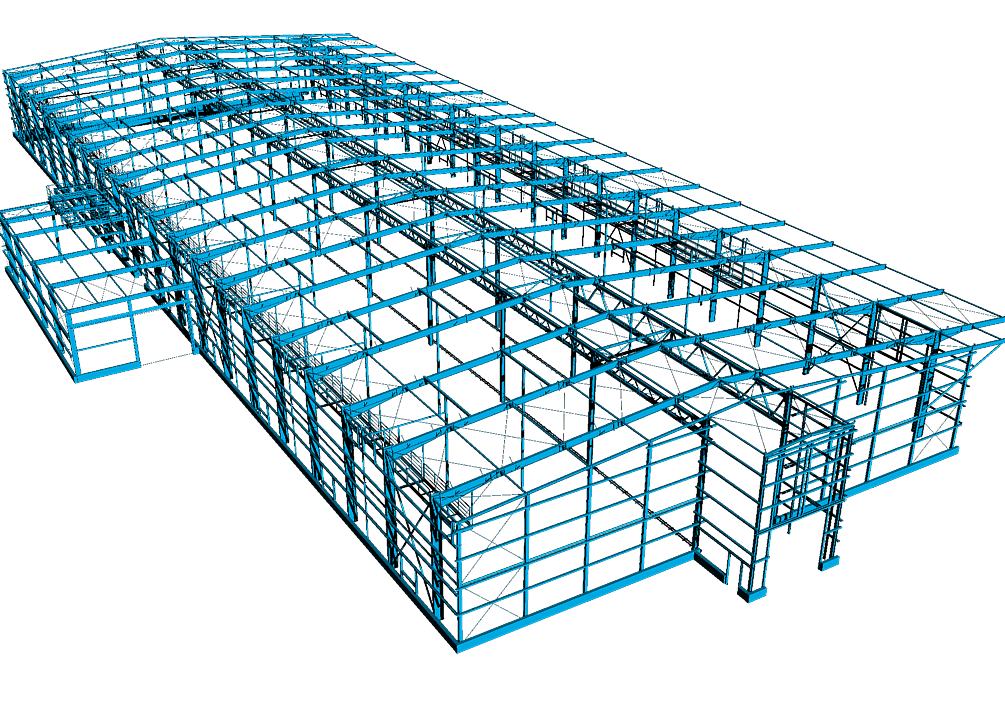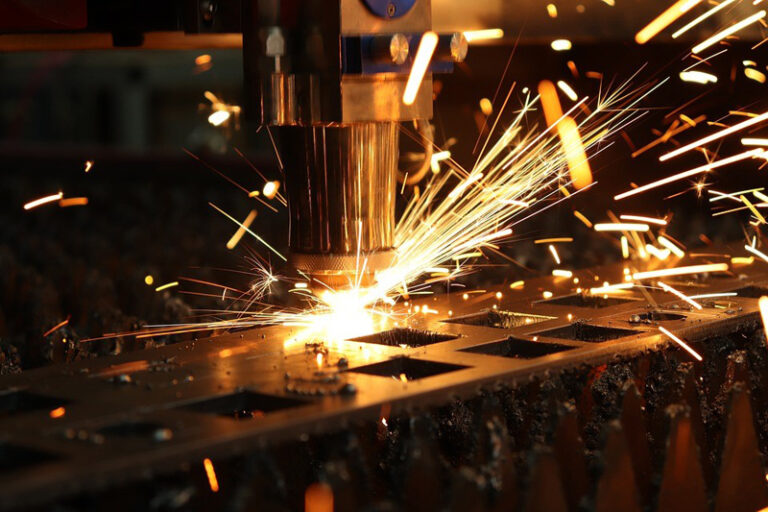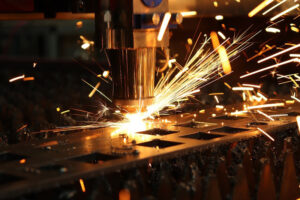In the realm of construction, structural steel detailing stands as an indispensable aspect, often working quietly behind the scenes yet bearing significant weight in the overall success and safety of a project. From towering skyscrapers to intricate bridges, structural steel detailing plays a crucial role in translating architectural designs into tangible structures. This article aims to delve into the depths of structural steel detailing, unveiling its significance in the construction industry.
What is Structural Steel Detailing?
Structural steel detailing is the process of creating detailed drawings and plans for the fabrication and erection of steel structures. These detailed drawings serve as the blueprint for steel fabricators and erectors, guiding them in the precise assembly of beams, columns, braces, and other structural elements. Through the use of specialised software and advanced technologies, steel detailers meticulously draft every connection, weld, and bolt to ensure structural integrity and compliance with engineering standards and specifications.
The Importance of Precision:
Precision is paramount in structural steel detailing. Every component must be accurately depicted to ensure proper fit and alignment during fabrication and assembly. A minor error in detailing can have far-reaching consequences, potentially leading to costly rework, delays, or even compromising the structural integrity of the building. Hence, steel detailers undergo rigorous training and possess in-depth knowledge of steel construction principles, mathematics, and drafting techniques to execute their tasks with utmost accuracy and precision.
Enhancing Efficiency and Cost-effectiveness:
Effective structural steel detailing can significantly enhance the efficiency and cost-effectiveness of a construction project. By meticulously planning the placement of structural elements and optimising material usage, steel detailers help minimise waste and reduce construction expenses. Furthermore, detailed drawings facilitate smoother coordination among various trades, streamlining the construction process and minimising conflicts on-site. This efficiency translates into savings in both time and resources, ultimately contributing to the project’s overall success.
Ensuring Safety and Compliance:
Safety is non-negotiable in the construction industry, especially when it comes to structural integrity. Structural steel detailing plays a vital role in ensuring the safety of buildings and infrastructure by meticulously specifying the size, type, and placement of structural members to withstand various loads and forces. Additionally, steel detailers adhere to stringent industry standards and building codes to guarantee compliance with regulatory requirements and mitigate potential hazards. By prioritising safety in the detailing phase, stakeholders can have confidence in the structural integrity of the finished project.
Driving Innovation and Collaboration
The evolution of technology has revolutionised the field of structural steel detailing, paving the way for innovation and collaboration. Advanced software tools, such as Building Information Modeling (BIM), enable steel detailers to create 3D models that offer a holistic view of the structure, facilitating better visualisation and coordination among project stakeholders. Furthermore, digital collaboration platforms allow seamless communication and data exchange between architects, engineers, contractors, and fabricators, fostering greater synergy and efficiency throughout the project lifecycle.
Conclusion:
In conclusion, structural steel detailing serves as the backbone of modern construction, translating design concepts into precision-engineered structures with efficiency, accuracy, and safety. From conceptualization to completion, steel detailers play a pivotal role in ensuring the success of construction projects, driving innovation, and collaboration while upholding the highest standards of quality and compliance. As the construction industry continues to evolve, the significance of structural steel detailing remains unwavering, laying the foundation for a safer, more sustainable built environment.










